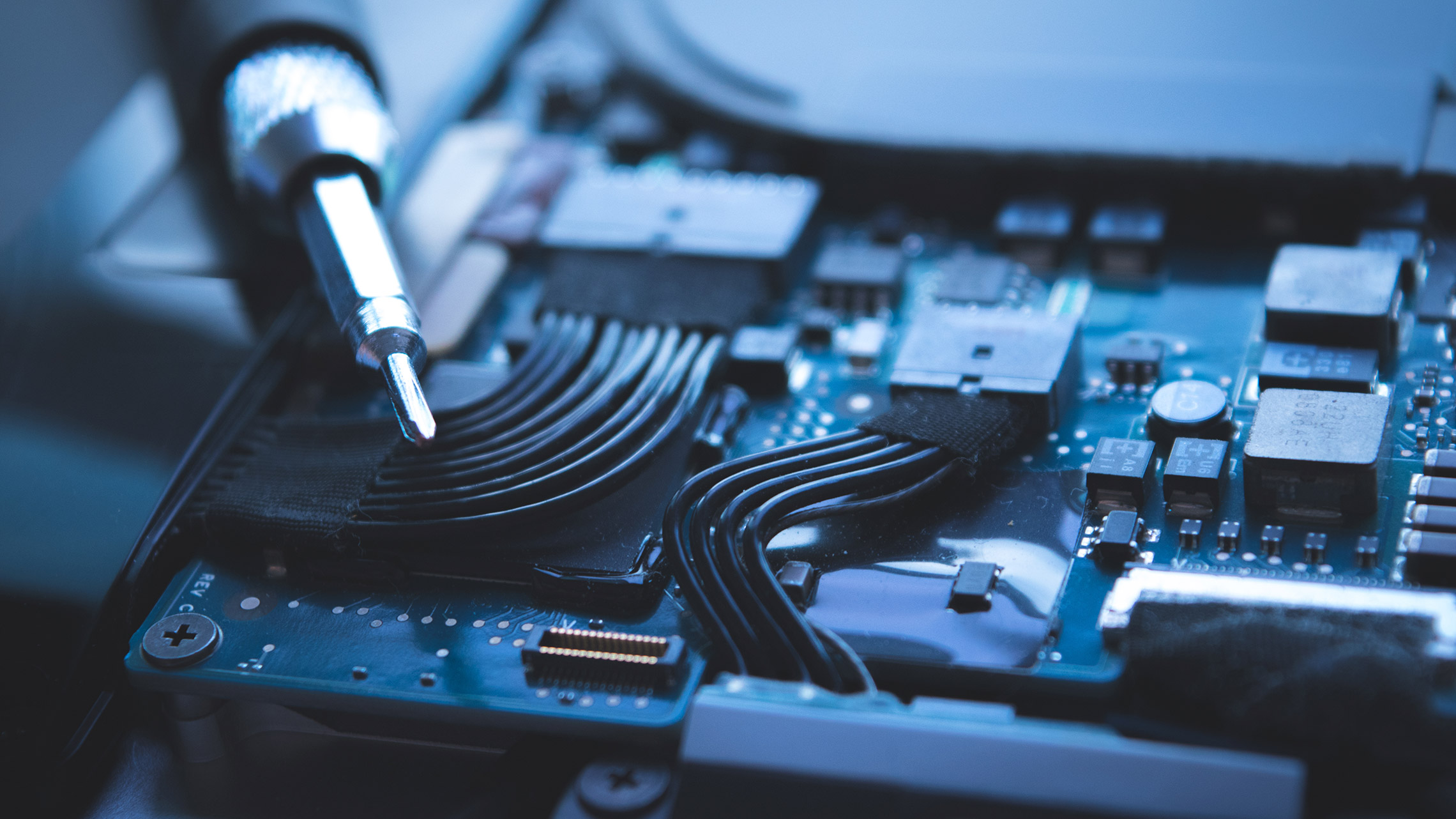Escola Secundária de Cascais visits us again
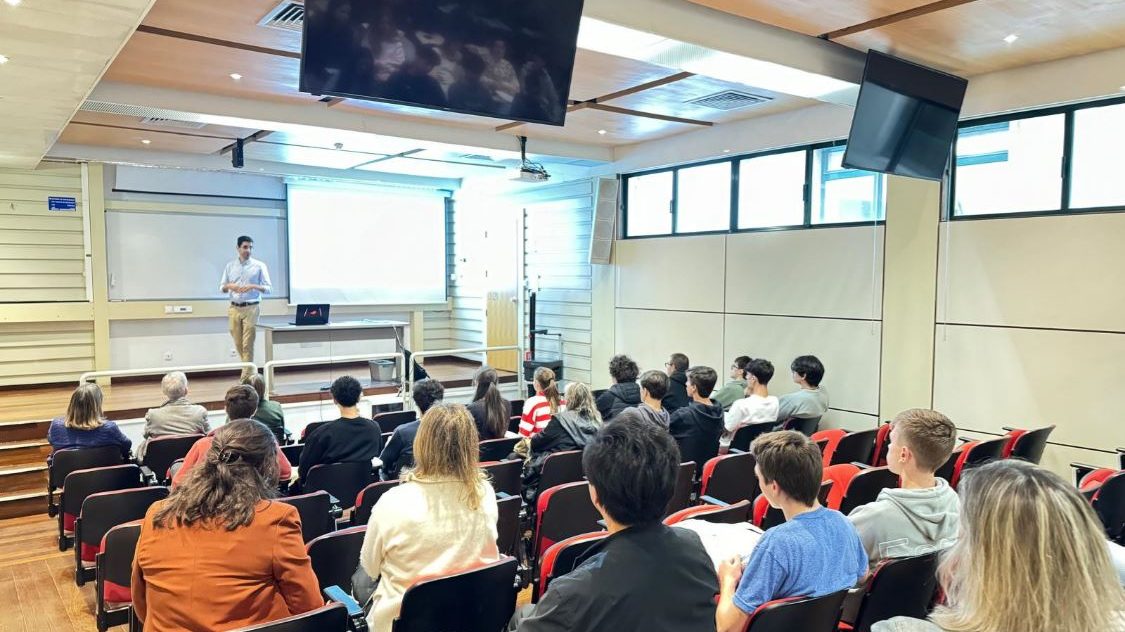
On October 29th, the Department of Electrical and Computer Engineering welcomed over 60 students for a visit divided into three parts. It began with a presentation of the department by Professor João Fernandes, where the students learned about the courses and the student groups." The professor emphasized that Técnico has faculty members who strive to maintain updated knowledge regarding technological development, which is extremely beneficial for current and future students.
After the presentation, the group was divided into three to optimize the visit to the modules. All students had the opportunity to explore the Energy and Sustainability module, the Artificial Intelligence and Robotics module, and the Faraday museum.
The Energy and Sustainability module was also presented by Professor João Fernandes, who conducted an experiment with nitrogen. The students were able to experience the application of the laws of physics in electric mobility. In particular, experiments were conducted with superconductors. In these experiments, superconductors, when cooled below -200°C, stably levitate above magnets. These superconductors memorize the magnetic field and do not approach or move away from the magnets to maintain this field. "This technology can be used, for example, in high-speed maglev trains, eliminating friction with the tracks and enabling high speeds," the professor explained.
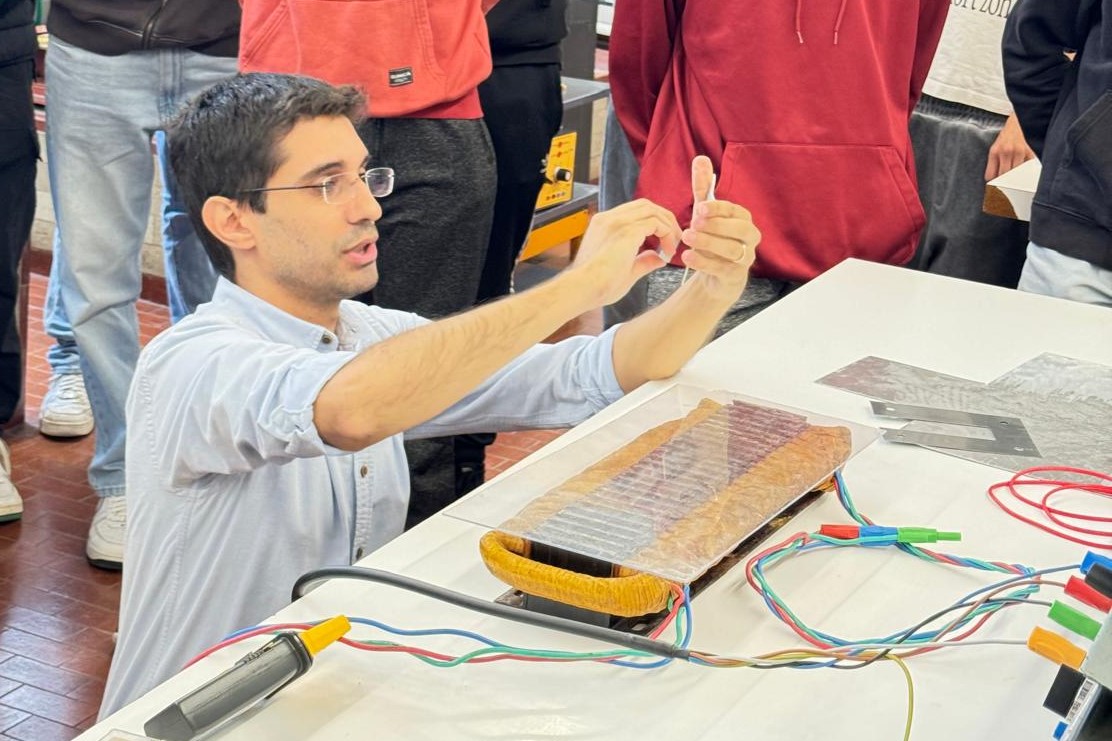
The visit to the Faraday museum was guided by Professor Ferreira Fernandes, and the groups reflected on the importance of the work done throughout history to achieve current knowledge in technology. The professor emphasized that the path taken in the past is the foundation for future development. The students learned a bit about the topic of electricity, recalling some of the quantities and the context in which they are used, as well as who Michael Faraday was. They also observed the interiors of some of the devices used in everyday life, such as electric meters.
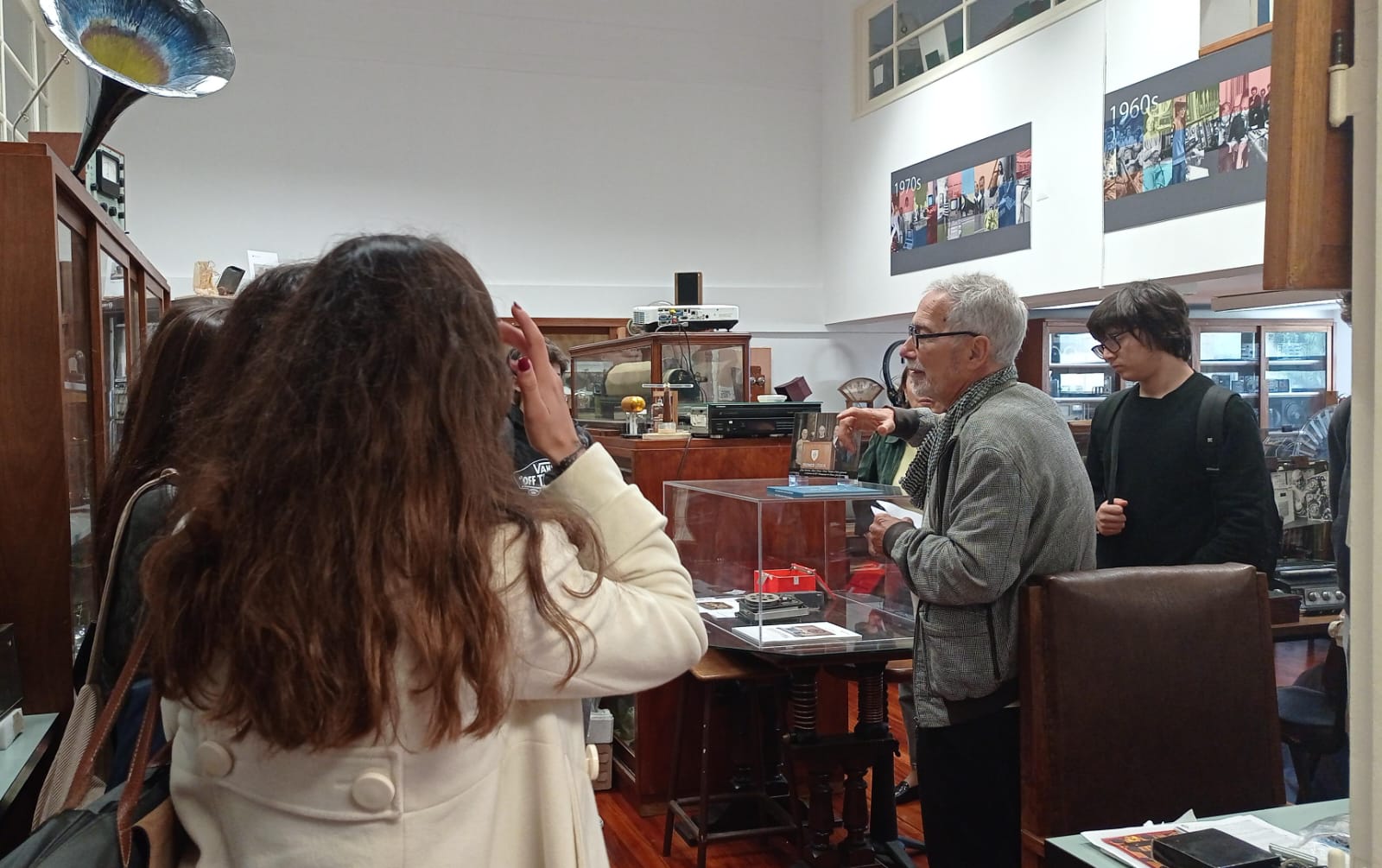
he Robotics and Artificial Intelligence module was presented by Professor Isabel Ribeiro, under the theme "How Do Robots Work". The presentation introduced robots with various configurations and used in multiple applications. Throughout the session, students watched videos of autonomous robots, including robots playing football, picking strawberries, and cleaning floors in supermarkets. It was demonstrated that all robots have the same types of components and that they all operate according to the same principle of Prediction, Cognition, and Action. Students were also introduced to the humanoid robot iCub (affectionately referred to as "Chico" at ISR), developed as part of European projects in which Técnico/DEEC and the Institute of Systems and Robotics (ISR-Lisbon) were involved. It was explained that by using AI techniques, robots have the ability to learn, with Chico shown learning how to make a sandwich and robots learning to play football without being specifically programmed to do so. At the end, the students played football with Darwin and were escorted to the elevator by the robot Témi.
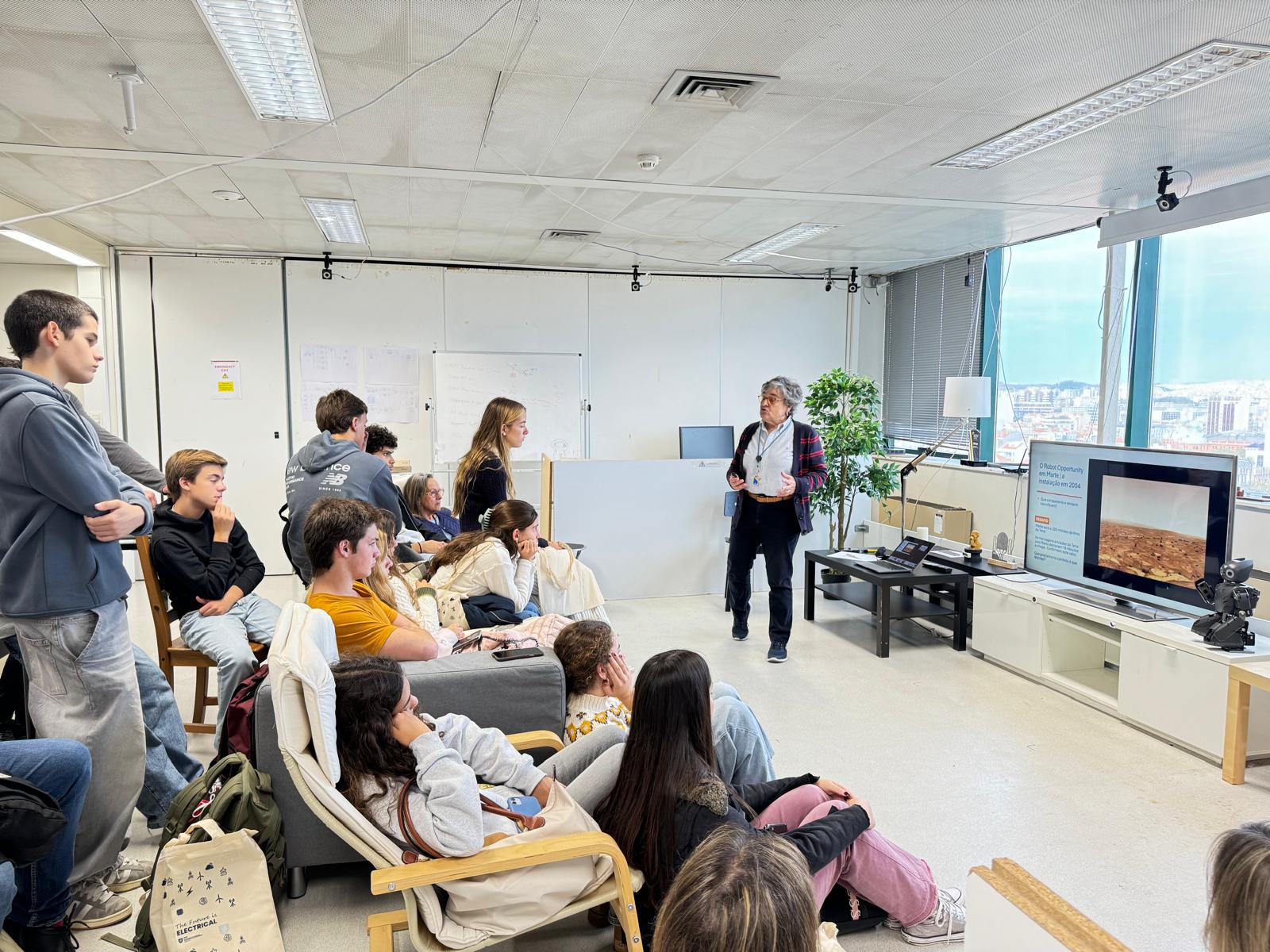
The visit ended with a group photo taken at the entrance of the building and an invitation for more visits to the DEEC.
Photography: Marisa Pereira
